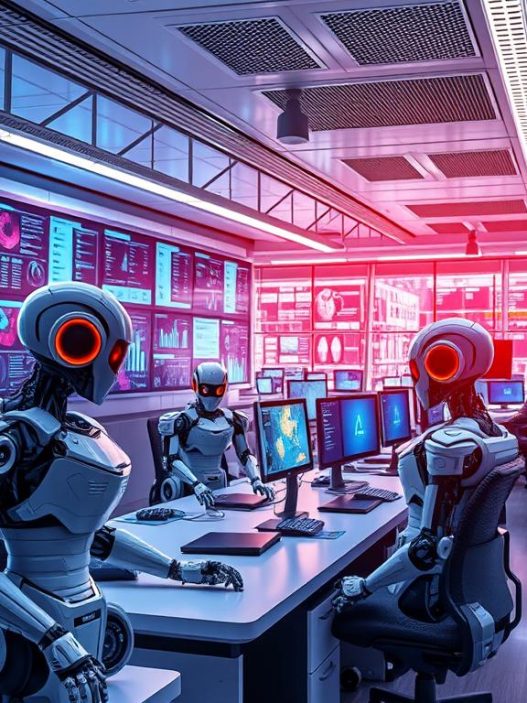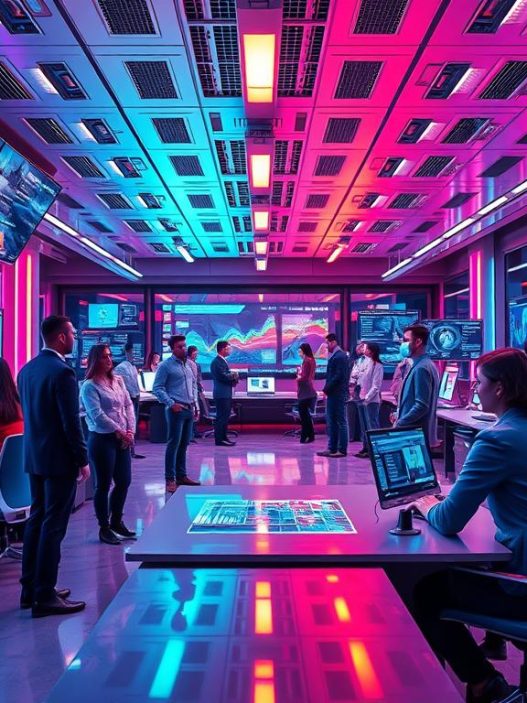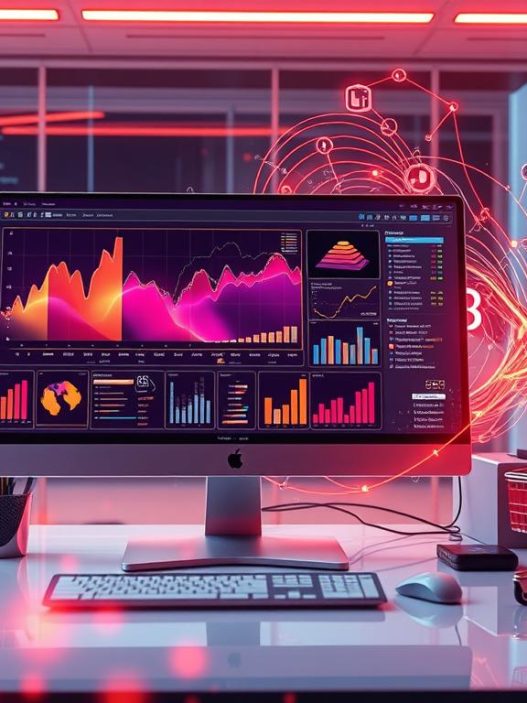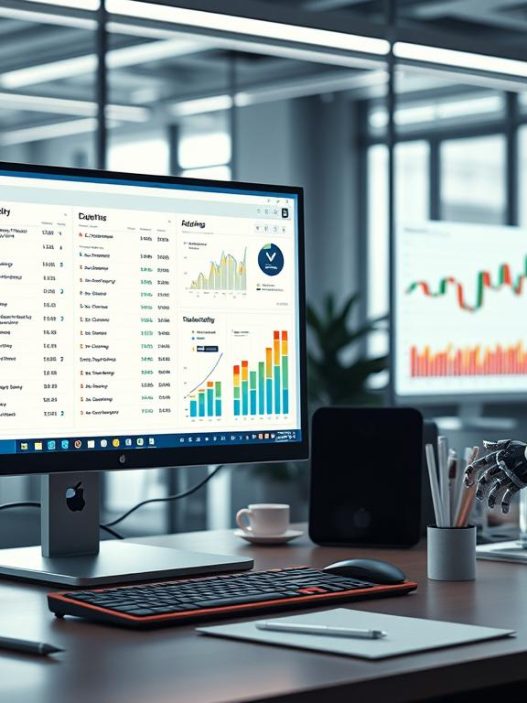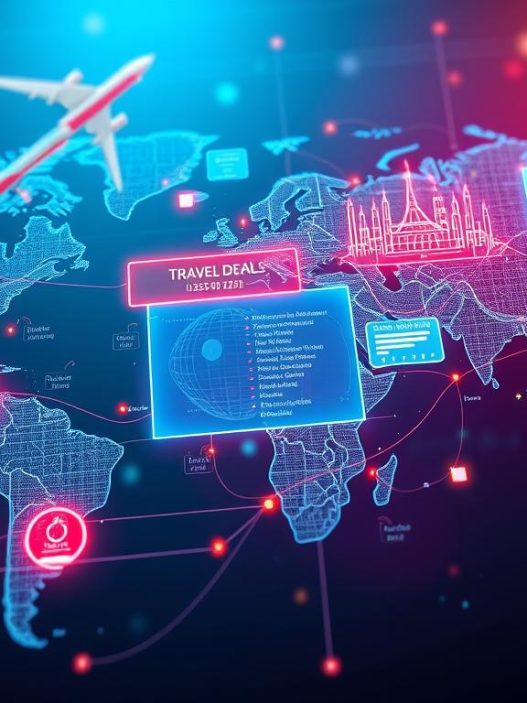The food manufacturing world is changing fast. The rise of technology is key to keeping food safe and high quality. AI-powered quality control is making traditional methods better. It makes processes smoother and more precise.
The food supply chain is getting more complex. We need artificial intelligence to meet consumer demands. Digital inspection systems in food production play a big role. They stick to safety rules and make the operation more efficient.
AI gives manufacturers the tools to face challenges. With AI, our food supply is safer and more trustworthy.
Key Takeaways
- AI enhances quality control by processing large datasets quickly and accurately.
- Real-time monitoring can immediately address deviations in production quality.
- AI minimizes human error through automation of repetitive quality assurance tasks.
- Implementing AI reduces waste and recalls, improving overall product quality.
- AI-driven tools ensure efficient daily inspections and promote safer work environments.
- Businesses leveraging AI can cut operational costs while boosting productivity.
- AI helps predict and respond to market demands, promoting product innovation.
Introduction to AI in Food Manufacturing
The role of quality control in food manufacturing is vital. It ensures the safety and satisfaction of consumers by sticking to quality standards. Quality control is key in keeping these standards, affecting product consistency and consumer trust. Unlike traditional methods that depend on human inspections, AI offers a solution. Human inspections can miss things, which might harm the food’s integrity.
The Importance of Quality Control
Quality control is crucial for keeping consumer health safe. It stops unsafe food from getting to the market. For food manufacturers, using strong systems to find defects early is essential. One global food company cut defects by 20% by using AI in quality control. This shows how AI can change food quality for the better, making it an important investment.
Traditional Methods versus AI Innovations
Traditional quality checks include manual inspection. These can be hard work and sometimes miss errors. AI, however, uses machines that can spot problems like cracks or foreign objects well. AI systems give quick feedback, allowing for fast fixes.
AI also makes paperwork and reporting easier, meeting food safety standards and lowering risk. By using advanced AI techniques, accuracy in finding defects goes up. This not only boosts production but also cuts down on labor costs and waste. It makes food manufacturing more effective.
| Aspect | Traditional Methods | AI Innovations |
|---|---|---|
| Inspection Accuracy | Subject to human error | High accuracy via automated systems |
| Operational Efficiency | Labor-intensive | Automated and real-time monitoring |
| Defect Detection | Sometimes delayed | Immediate detection of anomalies |
| Cost Implications | Higher labor costs | Reduced costs through automation |
| Sensory Quality Consistency | Manual sampling | AI analysis of sensory attributes |
Challenges in Traditional Food Quality Control
Traditional methods of controlling food quality face big hurdles. These issues mainly come from manual checks and the high use of resources. Knowing about these problems helps us look for better ways to ensure quality.
Human Error in Manual Inspections
Manual inspections can make mistakes because of human errors. Things like tiredness, wrong judgment, or not enough training can lead to inconsistent results. This makes the quality of food products vary a lot.
The chance of errors makes it hard to trust these checks. They can cause safety risks and upset customers. It’s a big problem in keeping food quality high using old methods.
Resource Intensive Nature of Traditional QA
Traditional quality checks need a lot of money and resources. You have to spend on training people and getting tools for inspection. This can be a big cost, especially for small companies.
These high costs make it hard for smaller businesses to keep up. In a world that values quick and efficient production, these old ways are less helpful.
Scalability Issues in Manual Processes
When production grows, manual quality checks can’t always keep up. It’s tough to keep quality high across more products. Manual checks slow down the ability to respond to changes quickly.
It’s important to solve these scaling issues to meet new market needs. We have to ensure food stays high quality and safe for everyone.
AI Powered Quality Control in Food Manufacturing
AI is changing how we make food today. It helps meet high standards and follow rules. By using new technologies, companies can be more accurate and manage quality better.
Leveraging AI for Enhanced Precision
AI uses computer vision to check products fast. This finds small flaws that people might miss. This makes quality control better and helps make more food without mistakes.
Every day, people eat a lot of pizza, so quality is key. AI checks food quickly to make sure it’s good. This means less waste and better quality for everyone.
Impact of AI on Food Safety Compliance
AI helps make sure food is safe by following rules closely. It checks the making of food to catch problems early. This lowers risks and makes sure food is safe.
Before AI, checking food safety took a lot of work. Now, AI makes it easier and faster. This means better food for us and happy customers because the quality stays good.
Technology Behind AI Quality Control Systems
Technology is key to improving quality control in food making. Different tech helps better inspection and overall quality. It makes quality assurance better.
Computer Vision for Automated Inspections
Computer vision has changed food quality control. It uses images to tell good food from bad. CNNs find defects like cracks or odd shapes in foods.
These systems can spot tiny defects or chemical leftovers. This makes inspections better and food quality higher.
Machine Learning for Predictive Analytics
Machine learning helps predict quality issues by using past data. It can watch production in real time. This helps catch problems like moisture or temperature changes early.
It also uses GANs to predict food spoilage. This makes models more accurate and training better.
Integration of IoT Devices
Iot devices upgrade the quality assurance game. They monitor food production from start to finish. For example, e-noses smell food to check its freshness.
This tech helps stop problems before they start. Cloud-based QMS lets teams work together from anywhere, keeping quality data safe.
Benefits of Implementing AI in Food Manufacturing
Adding artificial intelligence to food making changes the game. Companies that use AI see big improvements in how they work. They keep up with quality and get ahead in the market.
Improved Efficiency and Productivity
AI boosts how fast and well food is made. It can make things 15-20% more efficient. This cuts down on manual checks, freeing up teams for important tasks. So, companies get better at meeting what customers want, fast.
Cost Reduction through Automation
AI helps save money by automating tasks. This means less spent on wages and less wasted food. AI cuts food waste by 10-15% with smarter planning. It also makes delivering goods cheaper by making supply chains more efficient, saving up to 20% on travel.
Enhancing Traceability and Transparency
AI and blockchain make tracking food quality easier. They let everyone see where food comes from. This makes customers trust brands more. Using AI with tracking cuts mistakes in the supply chain to less than 1%.
Real-World Applications of AI in Food Manufacturing
AI is changing quality control in food manufacturing. Automated defect detection is a key application. These systems quickly and rightly identify flaws during production. This cuts down the chance of faulty products reaching customers. Companies use this technology to keep products safe and of high quality.
Automated Defect Detection
AI-powered computer vision scans food products for hard-to-see defects. This boosts inspection efficiency and reliability. It lets manufacturers meet high quality standards without spending too much on manual checks.
Monitoring Sensory Attributes
Sensory monitoring is vital in food production. AI examines texture, flavor, and aroma to match consumer expectations. With data, manufacturers uphold quality and adjust to what customers want.
Managing Supply Chain Quality Control
AI plays a big role in supply chain quality control. It gives real-time analytics and predicts future issues. This helps avoid problems before they occur. It builds consumer trust and improves food industry standards.



